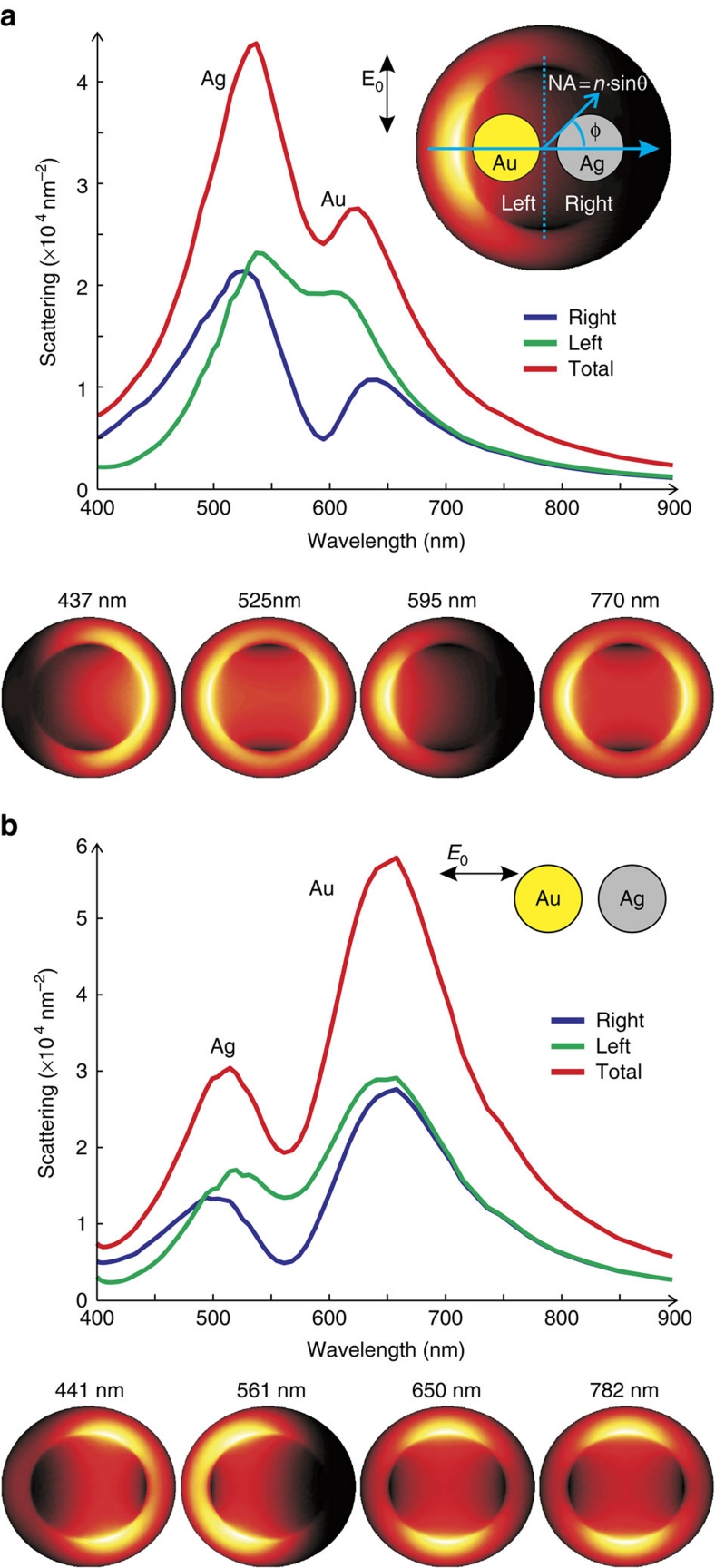Figure 4. Full electrodynamic simulation of wavelength specific directional light scattering from a bimetallic dimer.
(a) Gold and silver disks (100 nm wide and 40 nm high) separated by a 20-nm gap and excited at normal incidence with light polarization perpendicular to the dimer axis. (b) The same dimer with light polarization parallel to the dimer axis. (a) The spectra correspond to light scattered within the glass hemisphere to the right (blue), left (green) and the sum the two (red). Right and left spectra are integrated over −π/2<ϕ<π/2 and π/2<ϕ<3π/2, respectively. Inset shows orientation of dimer with respect to the radiation pattern. Radial coordinate of the radiation pattern scales as numerical aperture NA=nsinθ and tangential as angle ϕ. Simulated Fourier images at specific wavelengths. The radiation pattern in (a) shows clear transitions from directional colour routing at 437 nm and 595 nm to nearly symmetric scattering at 525 and 770 nm. In (b), similar behaviour is observed at 441 nm and 561 nm, with the directivity maximum slightly shifted to blue.

